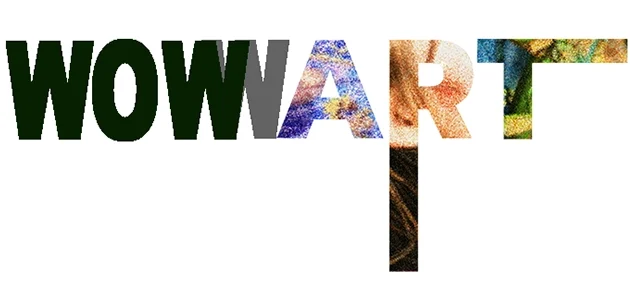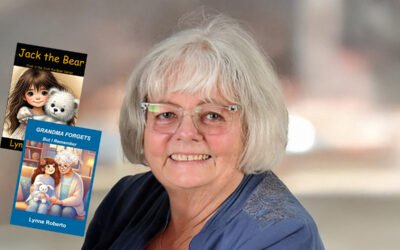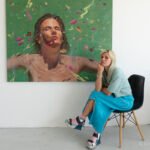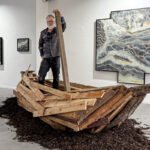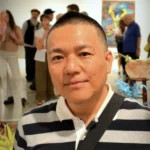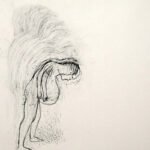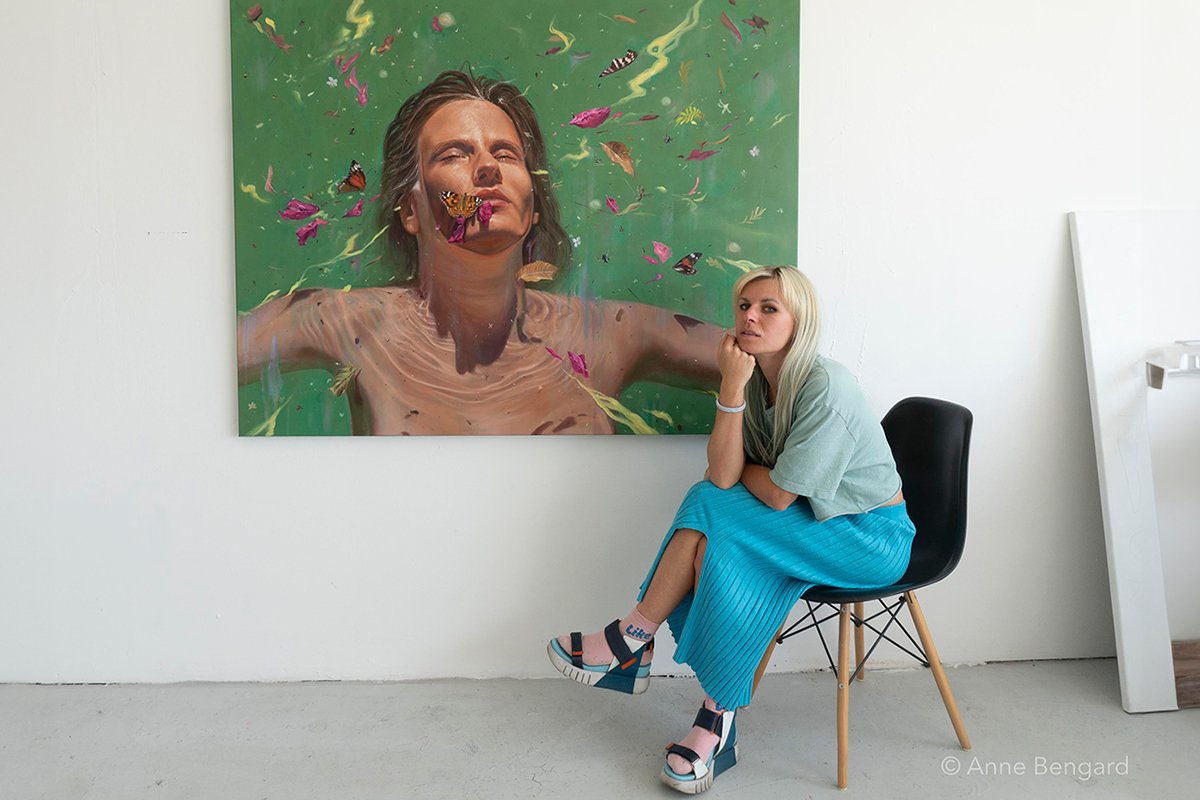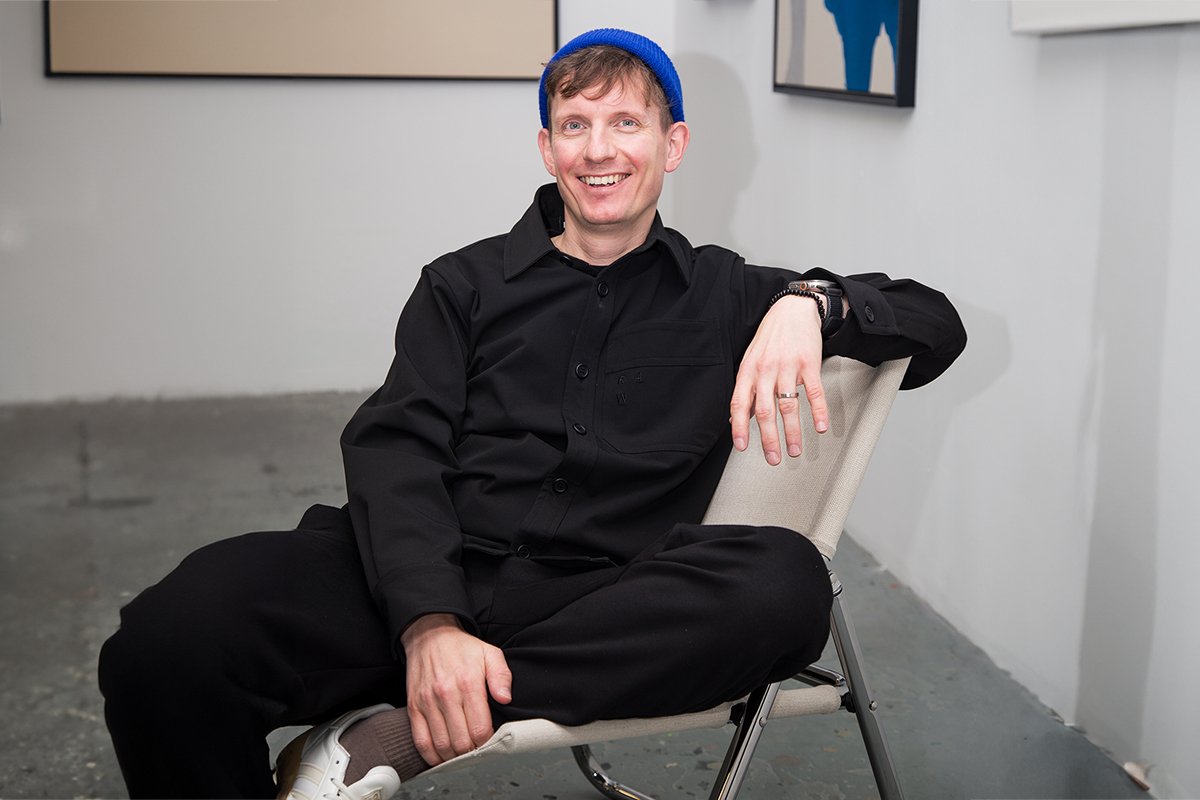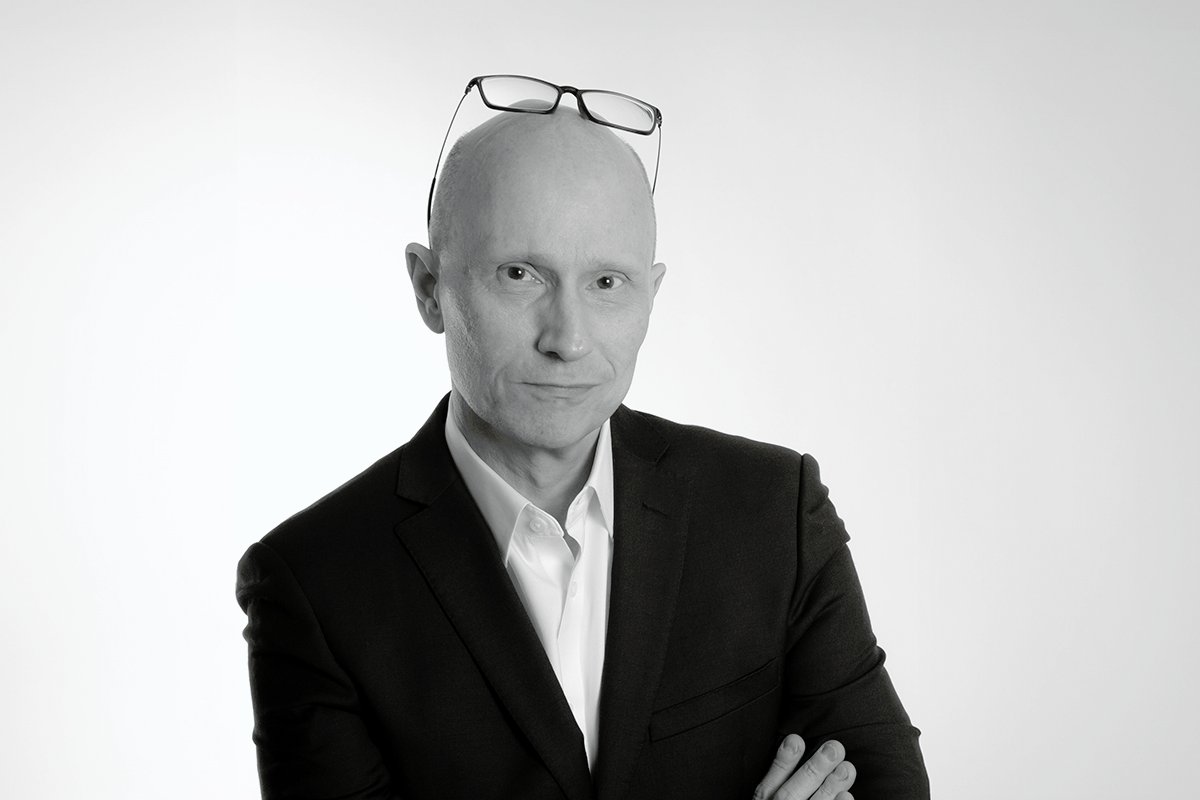Joseph Smolin Explores Fragility, Humor, and Identity Through Bold and Immersive Art

Unpacking Masculinity, Nostalgia, And The Power Of Archetypes
Joseph Smolin discusses masculinity’s fragility, the influence of Calvinist theology and cartoons, and his use of humor, archetypes, and immersive art to explore identity, escapism, and the emotional undercurrents of American culture.
Joseph Smolin is an artist who thrives on contradictions, crafting work that is as humorous as it is haunting, as tender as it is biting. A painter and multimedia creator based in Greenville, SC, Smolin’s art delves into the fragile underpinnings of American masculinity, exploring themes of hyper-emotionality, identity, and societal expectation. His practice is deeply informed by a childhood steeped in Calvinist theology, a fascination with religious iconography, and the chaotic energy of early 2000s cartoons. Whether through immersive exhibitions like NO SLEEP THEME PARK or his contributions to the nonprofit art magazine Rattlesnake, Smolin’s work invites viewers to confront the brittle facades of power and the raw humanity beneath them.
In this interview, Smolin reflects on the interplay of humor and empathy in his art, the influence of archetypes and childhood nostalgia, and the enduring questions of free will, good versus evil, and the nature of masculinity. His insights offer a glimpse into the mind of an artist unafraid to peel back the layers of cultural wallpaper, revealing the complex and often contradictory truths that lie beneath.
Your artist statement discusses the concept of “hyper-emotionality and fragility” beneath American masculinity. How do you balance humor and empathy in addressing these themes through your artwork?
It’s a cliche that men and boys aren’t as emotional, but it’s so shaped by the social role that we’re expected to fill. When I was a kid I would cry a lot, I was so embarrassed by it. I slowly learned to keep those feelings down. Now as an adult I can’t cry, even if I want to and it’s warranted by the situation. I wonder sometimes what part of myself I had to disconnect from to fit better into this role of “being a man.”
I often approach dark themes in a way that makes me laugh. It’s like the darker something is, the funnier it has the potential to be. Masculinity can be so brittle as an identity. It’s like this tough outer shell that breaks into a million pieces when dropped. That brittleness is funny to me too. Like when someone screams, “I’m not upset!” at the top of their lungs. It’s funny, but sad.
How do childhood cartoons and religious iconography influence your approach to creating distortions of the familiar in your work?
I grew up watching Spongebob, Invader Zim, Ed, Edd n Eddy—that era. When I see the new cartoons my nieces and nephews watch: all the characters are so kind to each other, and the style is so clean. By comparison the stuff I watched as a kid was wild—everything was conflict and violence, and a lot of the characters were these egotistical narcissists. I’m not necessarily saying that’s the ideal setup for children’s entertainment, but it definitely helped shape my art and sense of humor.
In terms of religious iconography, I grew up in this tiny Calvinist church. It was very colorless and dry. Then when I was a teenager my older brother converted to Catholicism. My parents followed him eventually. I’m not Catholic myself, but I’m really drawn to the iconography of it. It’s overwhelming and beautiful, seeing all the saints, the gold leaf, the dense mythology. It was a breath of fresh air after Calvinism.
How has your Calvinist upbringing shaped your artistic exploration of ideologies like free will, good vs. evil, and human nature?
I grew up thinking it was a certainty that I would go to Hell. There’s this concept in Calvinism called “double predestination” which is basically just saying that every single person is predestined to either Heaven or Hell, and that’s been known since the beginning of time. Basically, it’s Christianity without free will. I’m very far from these beliefs in my adult life, but that harsh world is still very much a part of me.
Are people fundamentally good or evil? How much freedom do we have over ourselves? These questions are hard to get away from whether or not you believe in a god. I think we have to find ways to talk about them.
How do opposing archetypes such as cowboys and prophets or revolutionaries and clowns interact in your work, and what do they reveal about masculinity and identity?
I love characters, they’re so essential to my work. Archetypes are like a cheat code because they already have so much meaning culturally. I try to blur the line between very masculine coded archetypes like cowboys and demons, and more cute and feminine characters, like teddy bears and rabbits. As far as what it reveals, I leave that up to the viewer.

In your exploration of escapism, mania, and self-destruction, do you see these elements as inherent to American masculinity, or as reflections of broader societal issues?
On a certain level these elements are universal. That being said, I think that the specific patriarchal and imperialist history of America creates very intense iterations of these problems. The sort of political fallout we’re witnessing now, represents, in part, a profound failure to conceptualize a masculinity not based around domination and conquest.
What do you hope viewers will take away from the revelations you uncover when peeling back the “wallpaper” of patriarchal masculinity in your art?
Mostly I just want people tofeelthe work on a visceral and emotional level. To step a little bit out of the everyday and into this intense world that comes from inside my head. I don’t expect my art to save the world, or bring people closer to my personal beliefs. I’d just be honored to think that it gave people permission to feel something deeply, even if it was only for a minute or two.
